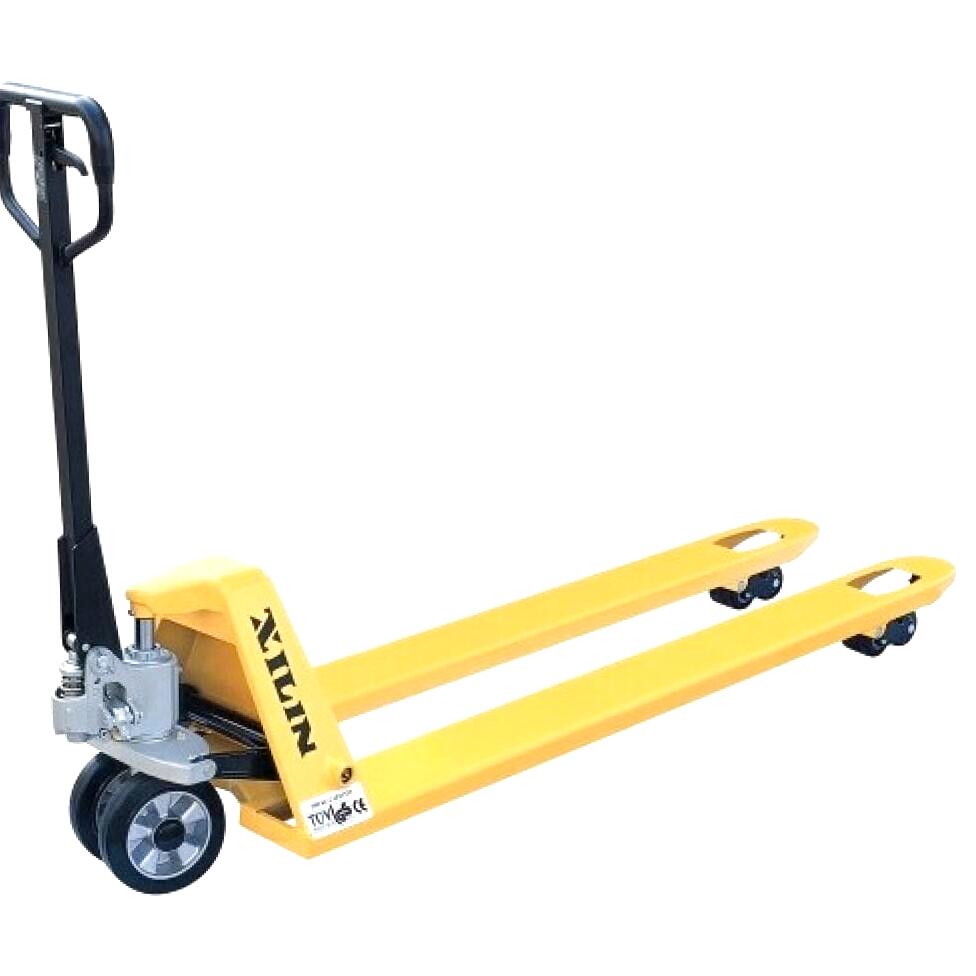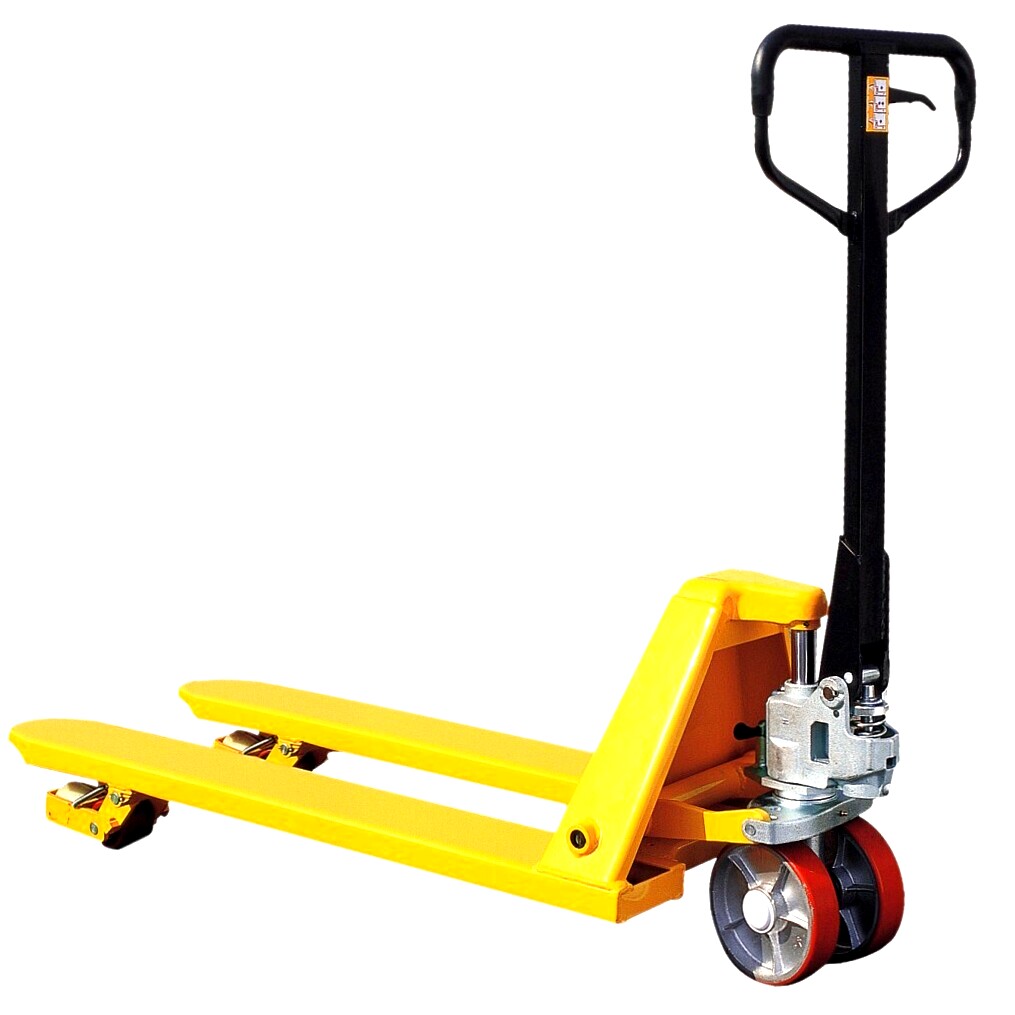Home
How to choose a junk ?
Construction. Like any mechanism, the trolley is subject to wear, it has rubbing and, accordingly, wearing parts (wheels, roller axis, bearings, etc.). Everything breaks, so the first thing you need to check with the seller is the possibility of supplying consumables (rollers and steering wheels) and spare parts specifically for your future hydraulic trolley. We also add that no one is immune from damages and breakdowns of the trolley that are not related to natural wear. For example, falling from a ramp, damage by a loader, overload, etc.

The wear of the rollers rohlipolomka rohlipalets rohl
In the photo below, typical trolley breakdowns (broken roller block,bearings, broken handle axle):
- Lifting frame (Chassis). Indirectly, you can judge the quality of the junk by the total weight of the cart. The higher it is, the thicker the metal and, accordingly, the more reliable the structure from which it is made. Also, European manufacturers have such an IDENTIFICATION PLATE pasted on the inner surface of the frame.
- a sign on the cart.
- Availability of oil press. Not all trolleys, or rather not everywhere, have oil presses (fittings) for moving parts in the design. The more of them, the better. Periodic lubrication (at least once in 3 months) will seriously prolong the life of the baby.
- The hydroelectric unit is the most expensive part. If it loses its operability, i.e. it stops lifting the pitchfork (and the reasons may be different: the valve is overflowing, the system is dripping, etc.), then in some cases it is possible to take the cart to scrap metal, because the repair cost is likely to exceed half the cost of a new one. Although, sometimes inexpensive repairs or even maintenance are enough, for example, oil changes, sealing cuffs, valve adjustments, etc.
Usually 2 types of hydraulic units are used. On the left in the photo is solid, with an upper nut (type BF – usually put on 2.5 tons), and in the photo on the right is a welded structure without a nut (type DF- usually put on 2 tons of trolleys).

hydraulic unit of the lema truck hydroelectric unit
The roller block on the pitchfork is one of the vulnerabilities of the entire structure. This node wears out first. First, the rollers themselves wear out, then the bearings break, then the axes of these rollers, and then the places of their coupling (axes and cheeks of the block). There are 2 types of blocks: single (with one roller on the fork) or double, with two rollers on the fork, they are also called tandem. Now tandem trolleys are installed on almost all trolleys.
4) With which wheels to buy a cart? The driving qualities of hydraulic trolleys depend on the correctly selected materials of the rollers and steering wheels. Moreover, incorrectly selected wheels and rollers for trolleys can damage the floor covering or disable the trolley.